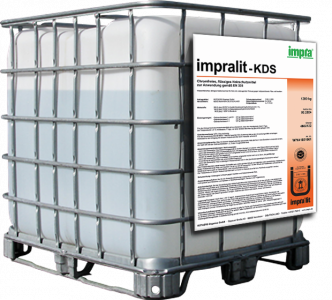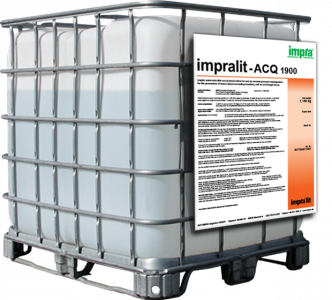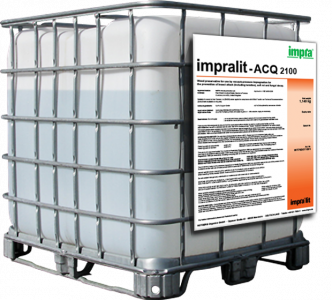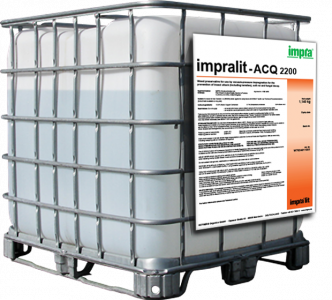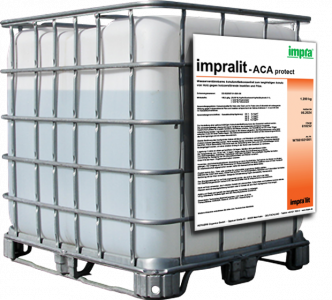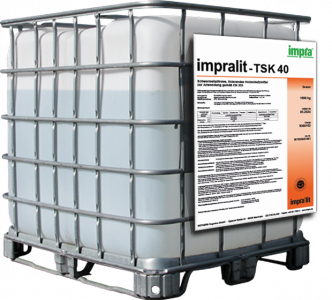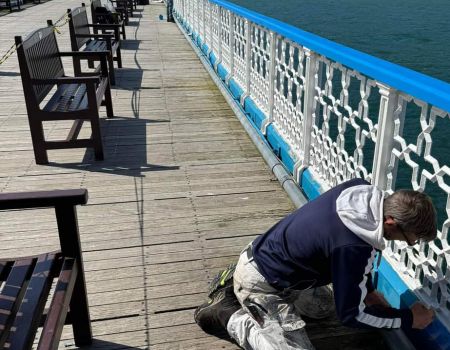Wood is one of the world's few renewable resources. Softwoods from sustainably managed forests relieve pressure on the world's limited tropical hardwood resource and avoids the use of polluting non-renewable products like steel, concrete and plastics.
However, most softwoods need protection from decay, insects and termites in order to perform to our expectations.
The impra®lit preservative system provides long-term protection from decay, insects and termites, using ingredients with minimum health and environmental hazard.
impra®lit Preserved Wood is wood treated with impra®lit as specified in national and international treatment standards and is a renewable wood product with a low environmental impact.
The process
The preservative penetrates deep into the wood with the help of vacuum and pressure. In this case a vacuum is initially generated in the cell cavities thereby evacuating the air inside them. The cavities are then filled with preservative solution which is forced into the wood under high pressure. For vacuum pressure impregnation we work with different processes depending on the type of wood, environment and end purpose.
1) Conventional vacuum-pressure process
An impregnation process with deep protection in which the wood moisture content is at the fibre saturation point. Depending on the type of wood this is around 25 to 35%.
Full cell saturation is ideal for effective protection. In this case the pressure phase is maintained until the wood can absorb no more impregnation fluid.
Powerful vacuum pumps evacuate the air from the impregnation vessel and the wood structure. The better the initial vacuum, the higher the absorption quantity of preservative. The vacuum must be maintained while the vessel is flooded with impregnation solution. Next, pressure pumps force the preservative under high pressure deep into the wood. The final vacuum finally ensures that the wood can be transported drip-free out of the system.
Woods vary in their treatability. E.g. spruce wood require far longer vacuum and pressure times than pine woods.
2) Oscillating pressure process
Process for impregnating freshly cut wood with a wood humidity of between 80 and 120%. The alternating pressure process was developed specifically for the impregnation of spruce wood.
In the oscillating pressure process after Henriksson the impregnation vessel is flooded with impregnation solution without initial vacuum. After an initial pressure phase of 30–60 minutes the dynamic pressure oscillation begins. In this case the wood is exposed alternately to vacuum and pressure. Overall the process lasts up to 22 hours with up to 400 cycles.
Another oscillating pressure process is known as the Hamburg process. In this oscillating process however there is no vacuum. Pressure is simply lowered to atmospheric pressure during each cycle. The wood moisture content is around 65% before the start of treatment.











